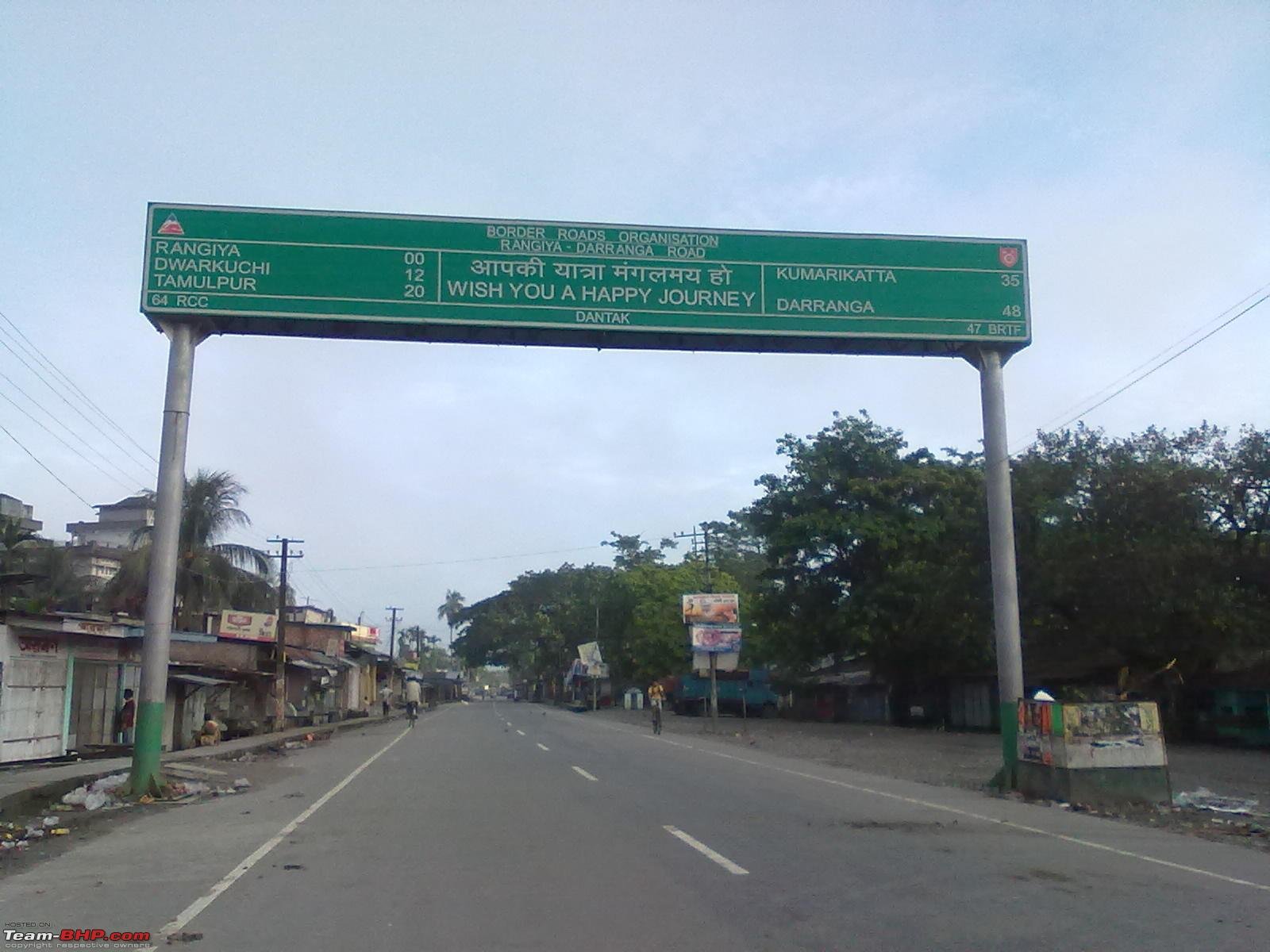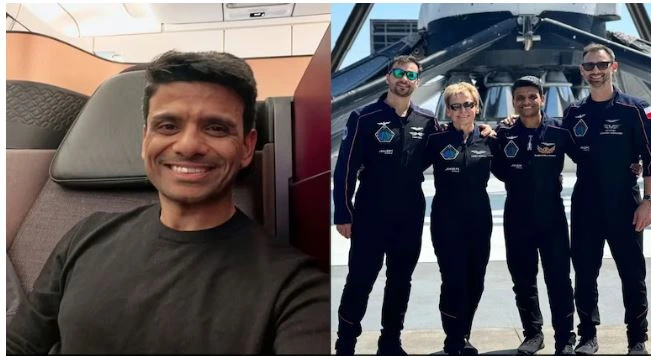Latest Science News
Neolithic artefacts of Northeast are 2700 years old, Study
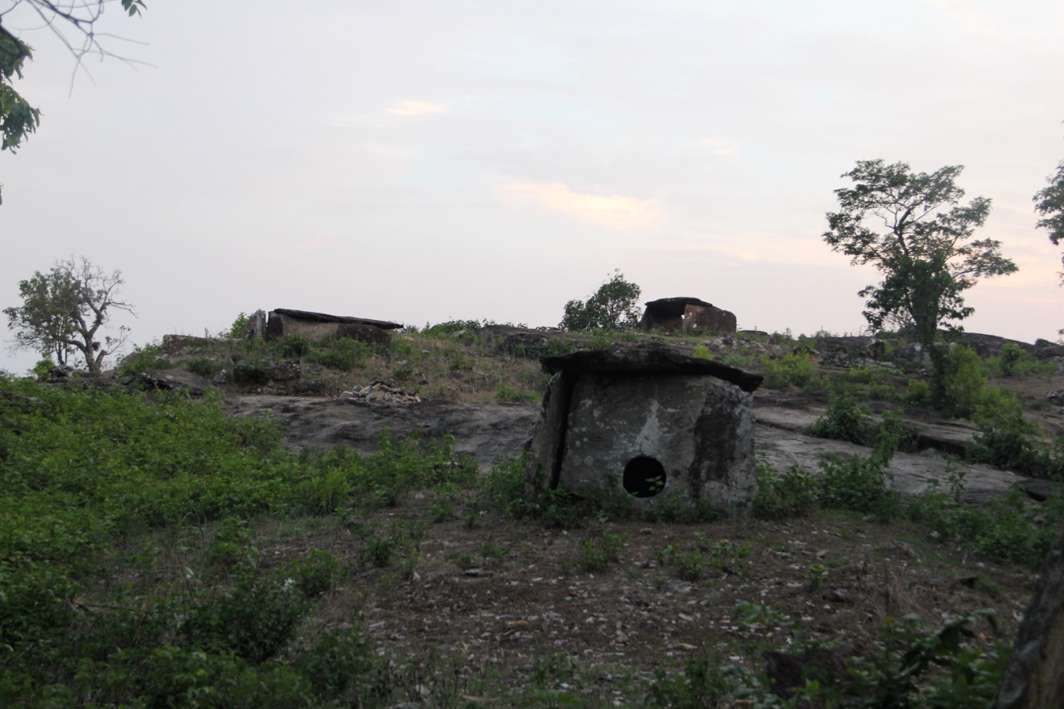
Latest Science News
Astronaut Shubhanshu Shukla to meet PM Modi after return from historic space mission
Astronaut Shubhanshu Shukla, who recently returned from the ISS as part of the Axiom-4 mission, will meet PM Modi this evening. Parliament will also hold a special discussion on his historic journey.
India News
Shubhanshu Shukla pens emotional note as he returns to India after space mission
Indian astronaut Shubhanshu Shukla penned an emotional Instagram post as he returned to India after his 18-day ISS mission, marking a milestone in India’s space journey.
Latest Science News
Shubhanshu Shukla becomes second Indian in space, lifts off for ISS aboard Axiom-4 mission
Group Captain Shubhanshu Shukla becomes the second Indian astronaut to travel to space after four decades, aboard the Axiom-4 mission to the International Space Station.
-

 Cricket news16 hours ago
Cricket news16 hours agoT20 World Cup 2026: Selectors weigh Shubman Gill role as India squad announcement awaited
-
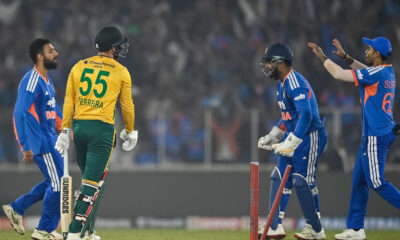
 Cricket news17 hours ago
Cricket news17 hours agoIndia vs South Africa 5th T20I: Hardik Pandya, Tilak Varma power India to 30-run win, series sealed 3-1
-
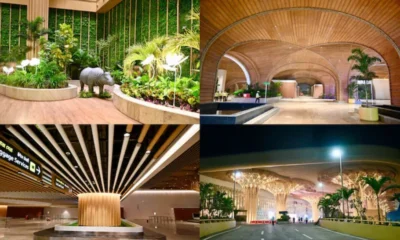
 India News17 hours ago
India News17 hours agoPM Modi inaugurates India’s first nature-themed airport terminal in Assam
-

 India News17 hours ago
India News17 hours agoThick smog engulfs Delhi, flights and trains delayed as air quality slips to very poor
-

 India News17 hours ago
India News17 hours agoAssam train accident: Eight elephants killed after Rajdhani Express derailment in Hojai
-

 Entertainment13 hours ago
Entertainment13 hours agoVeteran Malayalam actor and filmmaker Sreenivasan passes away at 69
-

 Cricket news13 hours ago
Cricket news13 hours agoIndia announces T20 World Cup 2026 squad, Shubman Gill dropped as Axar Patel named vice-captain


